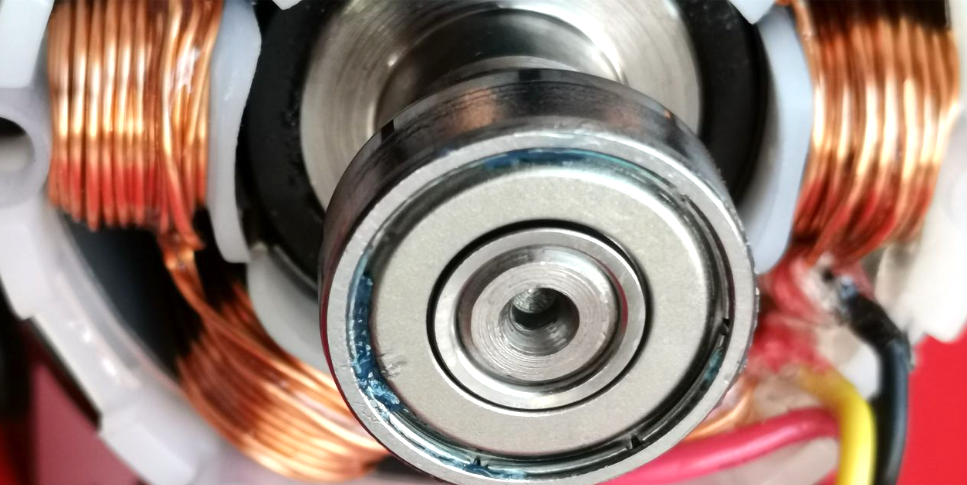What are the contents of the pre-service training for the employees of the brushless motor motor automatic rotor bearing press-in machine?
All the systematic pre-service training for the employees who operate the brushless motor motor automatic rotor bearing press-in machine can effectively improve the employees' operation skills and protection awareness, and ensure the normal operation of the equipment and production quality. The following is the specific training content:
I. Theoretical knowledge training
1、Equipment principle and structure
Detailed introduction to the working principle of the brushless motor motor automatic rotor bearing press-in machine, including how to work in concert through the electrical control system, mechanical transmission system and hydraulic system (if any), to achieve accurate bearing press-in.
Explain the overall structure of the equipment, such as the body frame, press-in device, positioning fixture, electrical control cabinet and other parts of the composition and function, so that employees have an overall understanding of the equipment.
2、Brushless motor and bearing knowledge
Explain the basic structure, working characteristics and application fields of brushless motor, so that employees can understand the importance of bearing press-in in the production of brushless motor.
Introduce the types, specifications, precision level and performance requirements of bearings, as well as the application characteristics of different types of bearings in brushless motors, so as to help employees better understand the press-in process.
3、Press-in process and parameters
Teach the principles and methods of bearing press-in process, such as the concept of interference fit, control of press-in force and press-in speed.
Explain the key parameters in the press-in process, such as press-in force, press-in depth, holding time and other impact on the quality of bearing installation, and how to adjust these parameters according to different motor and bearing specifications.

Operation skill training
1、Operating interface and button function
Train employees to familiarize themselves with the operation interface of the equipment, including the information display of the display screen, the function and operation method of the operation buttons.
Instruct the employees how to carry out the basic operation of the equipment such as power on, power off, parameter setting, operation mode selection, and so on.
2、Rotor and bearing clamping
Demonstrate the correct method of rotor and bearing clamping, including how to use the positioning fixture to ensure the positional accuracy of the rotor and bearing, as well as the precautions to be taken during the clamping process, such as preventing damage to the surface of the rotor and bearing.
Allow employees to practice the actual clamping operation and correct any errors in the operation to ensure the accuracy and stability of the clamping.
3、Press-in operation process
Detailed explanation of the complete press-in operation process, including clamping the workpiece, setting parameters, starting press-in, monitoring the press-in process and removing the workpiece.
Emphasize the order and specification of the operation process, such as checking the status of the equipment before clamping, confirming that the parameters are correct after the clamping is completed before starting the press-in.
Arrange employees to practice press-in operation for many times, so that they can master the operation process and skills.
4、Handling of abnormal situations
List the common press-in abnormalities, such as abnormal press-in force, press-in depth does not meet the requirements, equipment alarms, etc., and analyze the causes.
Train the staff to take emergency measures for different abnormal situations, such as stopping the press-in, checking the status of workpiece and equipment, adjusting parameters, etc., to improve the staff's ability to deal with emergencies.
Third, the protection specification training
1、Electrical
Emphasize the dangers of the electrical system of the equipment and train employees how to use the electrical equipment correctly to avoid electric shock accidents.
Explain the electrical operating procedures, such as equipment grounding requirements, strictly prohibit wet hand operation, regular inspection of electrical wiring, and so on.
2、Mechanical
Introduce the operating characteristics and potential hazards of mechanical parts of the equipment, such as moving indenter, rotating transmission parts, etc., and train employees how to avoid mechanical injuries.
Instruct employees on the proper use of protective devices, such as guardrails, etc., to ensure that body parts do not enter the danger zone during the operation of the equipment.
3、Fire fighting
Explain the potential fire hazards that may exist during the working process of the equipment, such as electrical short-circuit, hydraulic oil leakage, etc., and train employees how to prevent fire accidents.
Teach employees how to use fire fighting equipment correctly, such as fire extinguishers, fire hydrants, etc., and organize fire emergency drills to improve employees' ability to deal with fire emergencies.
4、Protection rules and regulations
Communicate the rules and regulations and operating procedures of the enterprise, and emphasize the importance of complying with the regulations for operation.
Explain the consequences and responsibilities that may result from violating the regulations, and cultivate employees' sense of protection and responsibility.
Fourth, maintenance training
1、Routine maintenance
Train employees in the daily maintenance of equipment content and methods, such as equipment cleaning, lubrication, fastening, etc..
Instruct employees how to carry out daily inspection of equipment, including checking the appearance of the equipment, the connection of various components, lubrication, etc., and timely detection and elimination of potential failures and hidden dangers.
2、Regular maintenance
Introduce the regular maintenance program and content of the equipment, such as regular replacement of hydraulic oil, check the electrical components, calibration sensors, etc..
Explain the importance of regular maintenance and operation points, so that employees understand the impact of maintenance work on equipment performance and service life.
3、Fault reporting and recording
Train employees how to recognize the symptoms of equipment failure, such as abnormal sound, vibration, temperature rise, etc..
Instruct employees how to report equipment faults in time when they find them, and make a good record of faults, including the time of the fault, the phenomenon, the treatment, etc., so as to provide a basis for the maintenance and management of the equipment.
※ If you need help, please contact the technical specialist of Xinhui Electromechanical Equipment Co., Ltd. through the page chat tool for assistance.







